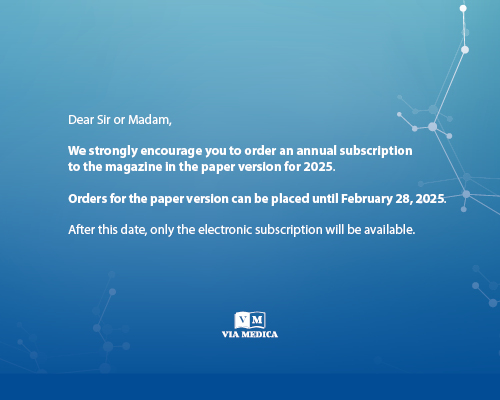Iron overload related diseases and methods of liver iron quantification
Abstract
Iron overload refers to the excessive accumulation of iron in different organs. It occurs in the course of increased intestinal absorption in hereditary hemochromatosis, repeated blood transfusions, or liver diseases. Excess of iron exerts toxic effect on internal organs leading to liver damage resulting in liver cirrhosis, liver failure, or hepatocellular carcinoma among others. Assessment of liver iron content is essential for diagnosing diseases caused by iron overload and monitoring of iron-reducing therapy. A biopsy is a gold standard of assessment of liver iron concentration; however, new techniques based on the use of magnetic resonance imaging (MRI) gain in importance, as they are non-invasive, reliable, and enable to evaluate iron content in areas inaccessible by biopsy such as brain. This article reviews the currently used methods for assessment of liver iron overload, especially using MRI, in terms of their clinical usefulness and accuracy in different diseases. The authors conclude that assessment of iron overload is difficult, especially in patients with very high or very low level of iron and should be conducted taking into account the patient's clinical condition and the course of primary disease. Increase in the popularity of magnetic resonance signal intensity ratio (SIR) results from its safety, relatively low costs, availability, and possibility to obtain reliable results.
Keywords: Liver iron quantificationMagnetic resonance imagingRelaxometrySignal intensity ratioHaemochromatosisIron overload



